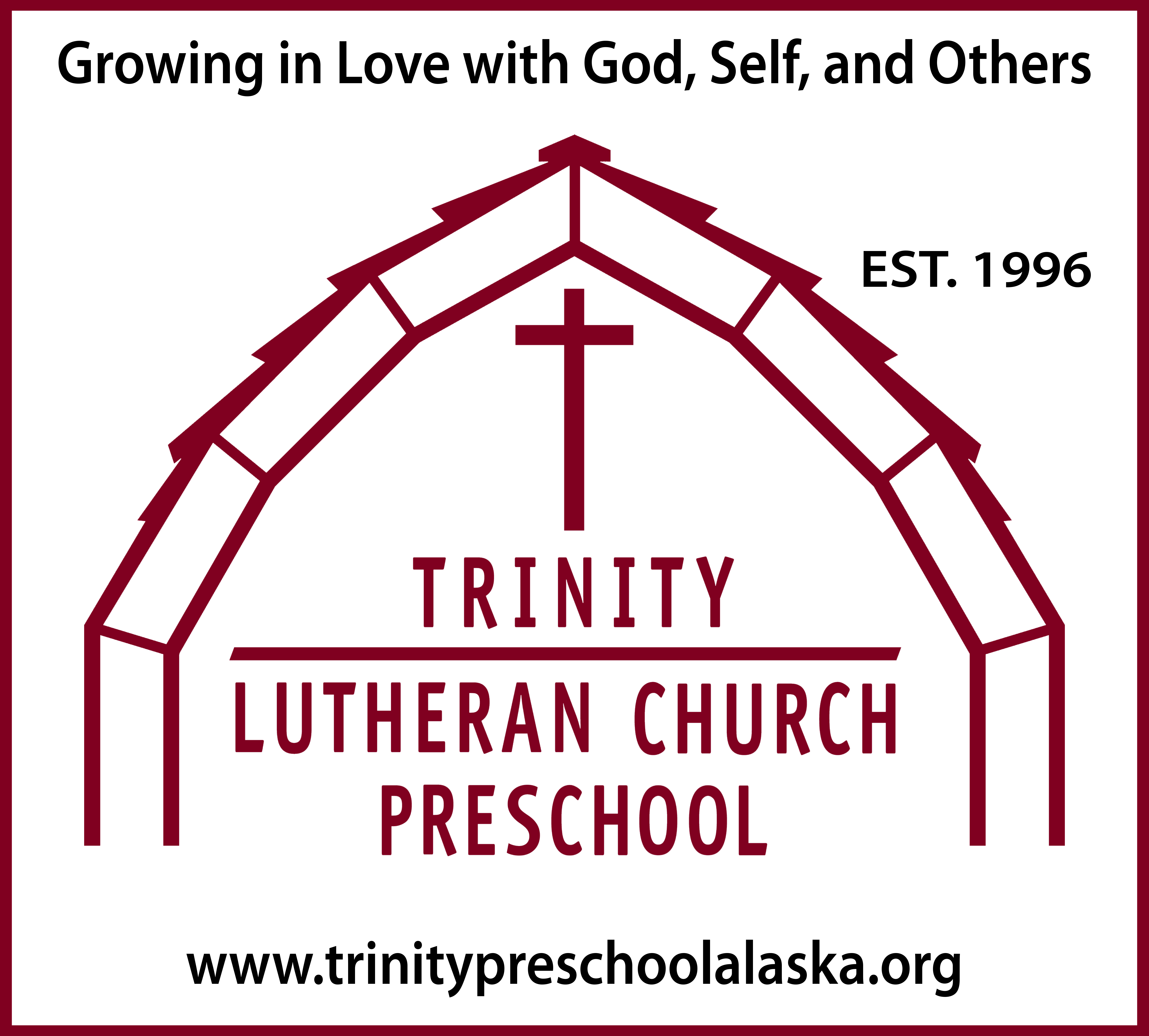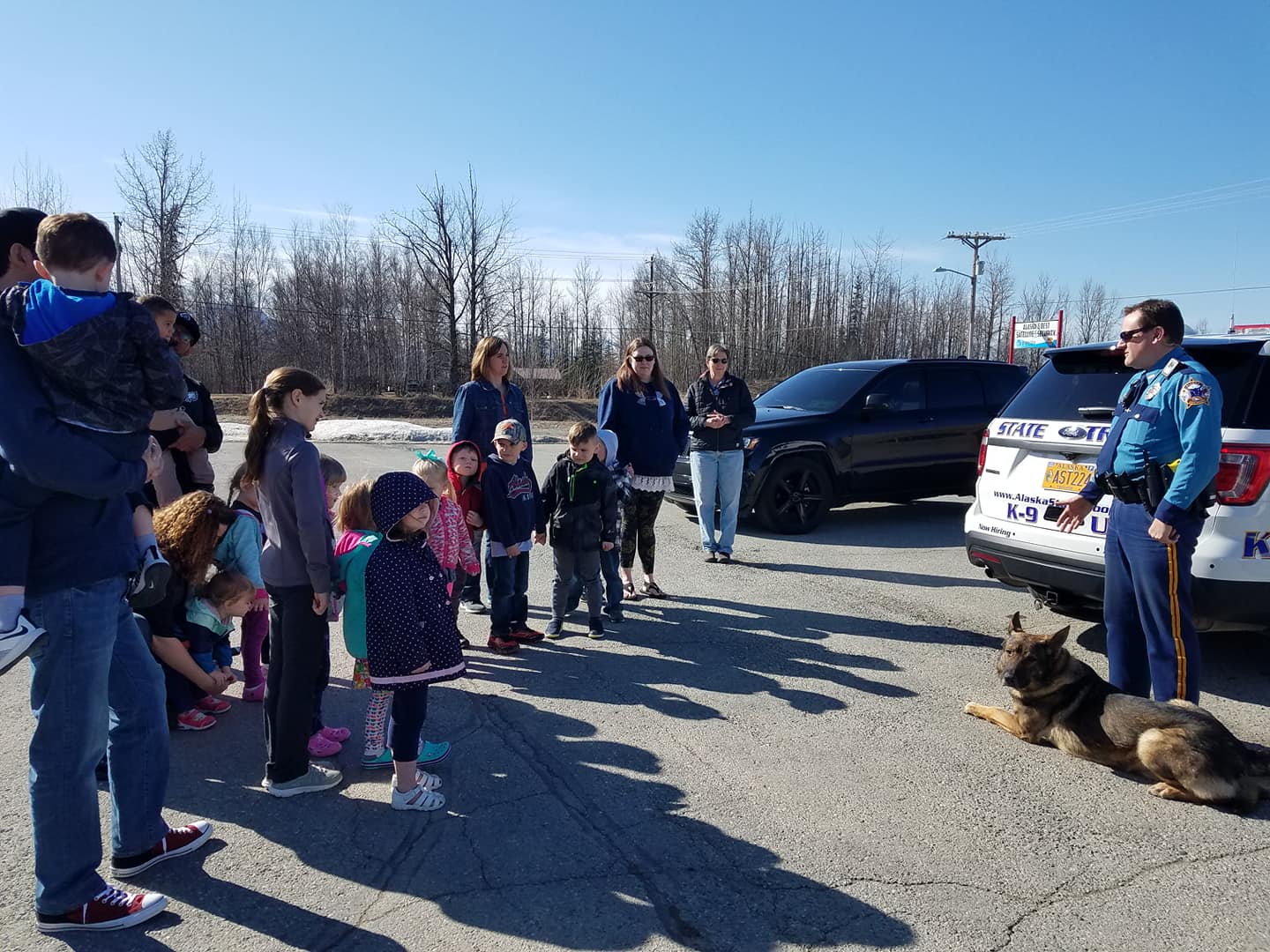Welcome to Trinity Lutheran Church Preschool, Palmer, Alaska
Our site is temporarily down. The school is in the midst of a remodel and won't be open for the school season. We will provide updates here as to when we will be reopening and when our website will be back for registration.

